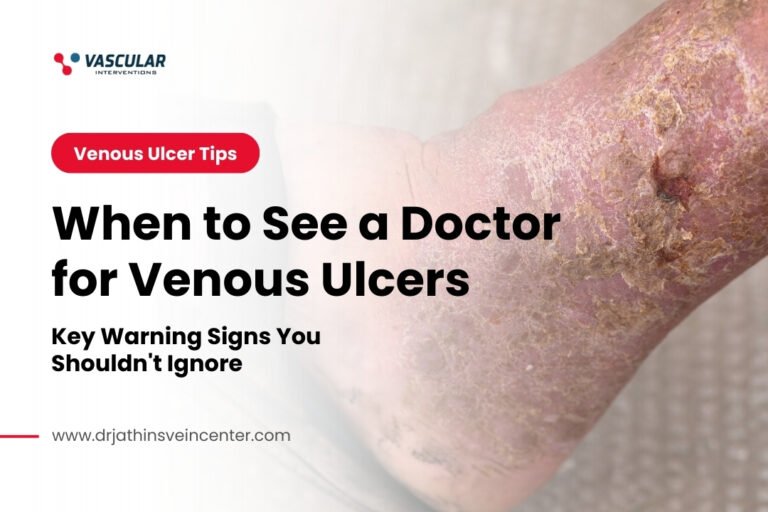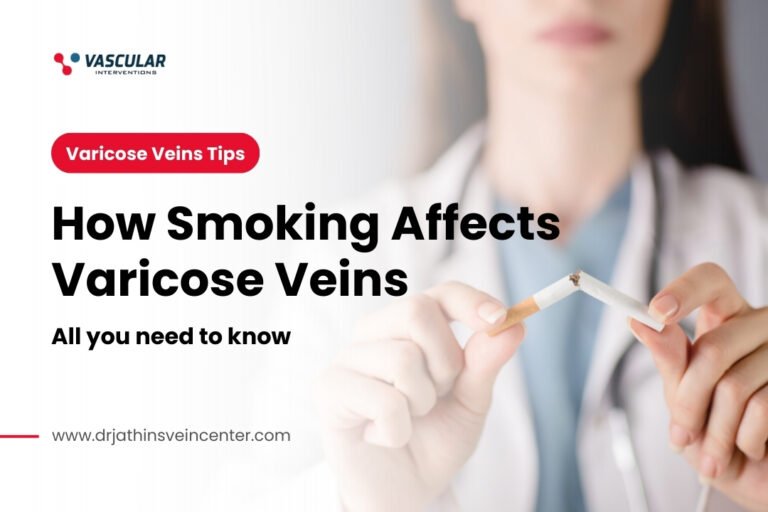Varicose veins are enlarged or swollen veins that can develop in the legs. They are not serious health conditions, but they can be quite bothersome at times. Increased pressure in these veins causes them to stretch even more which can make them more painful and inflamed. These conditions are usually caused by pregnancy, obesity, standing too long without moving around, or having a job that requires you to stand for a long time. They are unsightly and they also make you feel uncomfortable due to the pain if you stand for long periods of time.
Varicose veins usually take about 4-6 weeks to go away on their own without any treatment. That is why many people choose to undergo varicose vein treatment on their legs. Treatments that can help them get rid of the unsightly varicose veins quicker rather than waiting for them to go away on their own, which can be a long process.
The most effective treatments for varicose veins are radiofrequency ablation and sclerotherapy, according to experts in the field. These treatments work by shrinking or sealing off the superficial veins that cause varicose vein symptoms in order to improve blood flow in the legs and feet, as well as improving skin appearance.
The Complete Guide to Treating Varicose Veins Effectively
Varicose veins are a common and painful condition that occur in the legs. When the valves in your veins weaken, blood pools in the veins and starts to bulge out of them.
Spider veins, or erythema, are small, visible blood vessels that can be found on leg surfaces. They are caused by many factors including genetics, pregnancy, sun exposure and aging. They often appear purple or red in color and can be tender to the touch. The term is often used to refer to the appearance of spider webs on the skin.
Varicose veins are large, visible blood vessels that occur when valves in the veins weaken or fail.
Spider veins are a common health issue that occur when the valves in the vein walls don’t work properly. They can also be caused by other factors such as pregnancy, obesity, injury or genetics. There are many treatment options available for varicose vein treatment, including using lasers and less invasive treatments such as sclerotherapy.
The type of treatment you need for varicose veins will depend on the severity and location of your condition. If you have mild varicose veins in one leg only, then conservative treatments like compression stockings or lifestyle changes may be enough to relieve your discomfort and reduce your risk for complications in the future. If you have more severe varicose vein symptoms, then treatment with a minimally invasive procedure such as laser surgery may be appropriate.
Varicose Veins Removal Surgery – Is it Worth It?
Varicose veins are caused by the vein being stretched, causing the wall to weaken. This can be caused by pregnancy or high blood pressure. The weakened walls cause the vein to bulge out of place, making it look twisted and swollen. This happens because of how close it is to the surface. As a result, they make for an easy target for anyone who wants to remove them surgically. But is this worth it?
The cost of a surgery varies from country to country and can also depend on the experience and qualifications of the surgeon.
There are many reasons why a person might need to have a varicose vein removal surgery. If you are looking for the best treatment for this condition, you should take your time and do your research before scheduling an appointment with any doctor.
Varicose veins, also known as spider veins, are often seen in people who have an inactive lifestyle or who gain weight without taking appropriate steps to reduce their risk of developing this condition.
A varicose vein removal surgery is typically done by cutting off the vein above the varicosity and then tying it off with surgical thread. The procedure will typically take just one hour and is usually done under local anesthesia in an outpatient setting. Recovery time is usually two to three weeks, after which individuals are able to resume most normal activities.
What are the Side Effects of Varicose Vein Removal Surgery?
In the past, removing varicoses veins surgically was a procedure that can come with a number of risks. These risks include bleeding, infection, and bruising. However, newer techniques have been developed to reduce these side effects and make the surgery a safer option.
Varicose veins are caused by the valves in the veins not working well. It is caused by increased pressure in the vein.
The treatment for varicose veins is mainly surgery, but if it is not severe, doctors may suggest medications to relax the vein or surgical procedures to tie off or remove the diseased portion of veins.
The condition will take anywhere from 3-6 months to subside.





